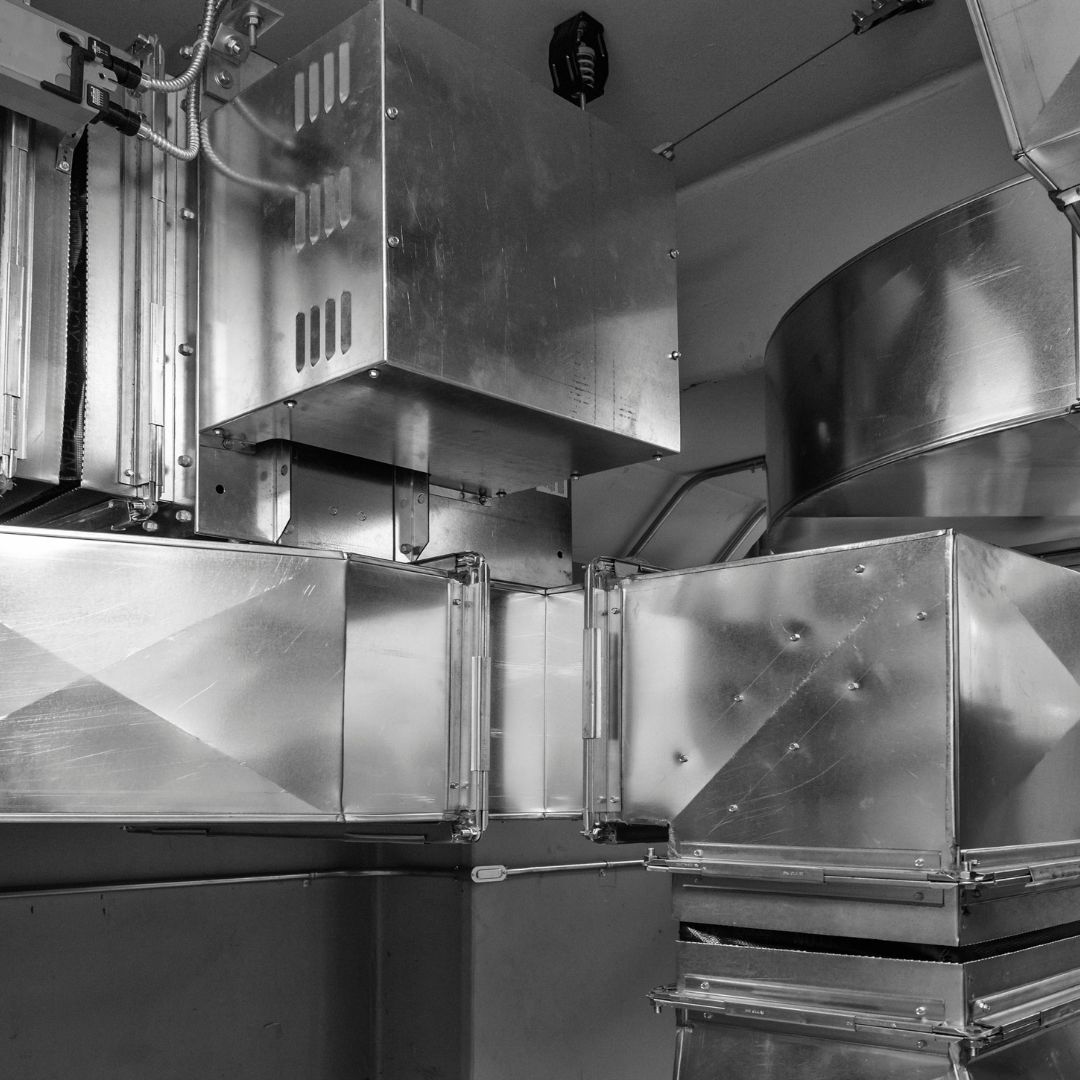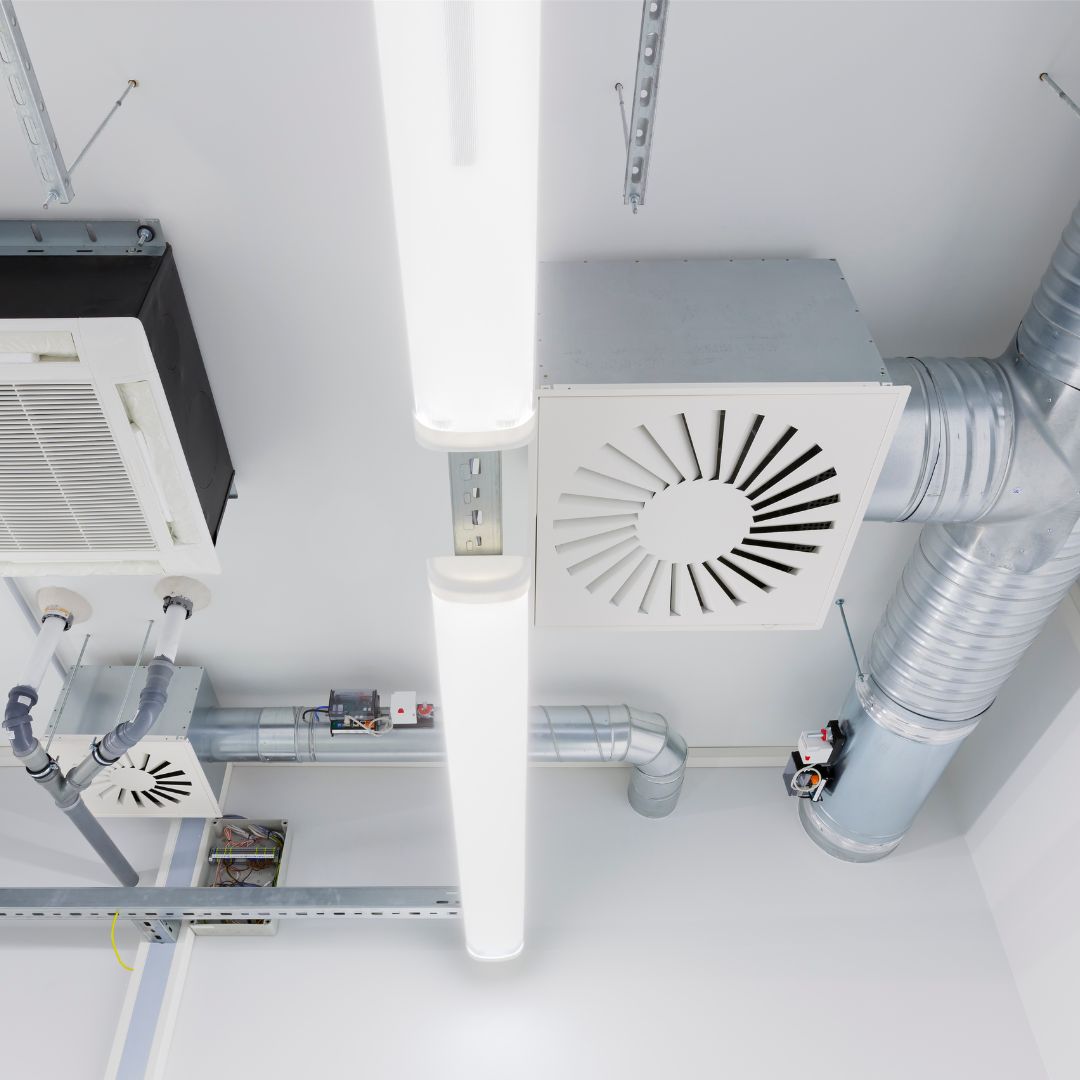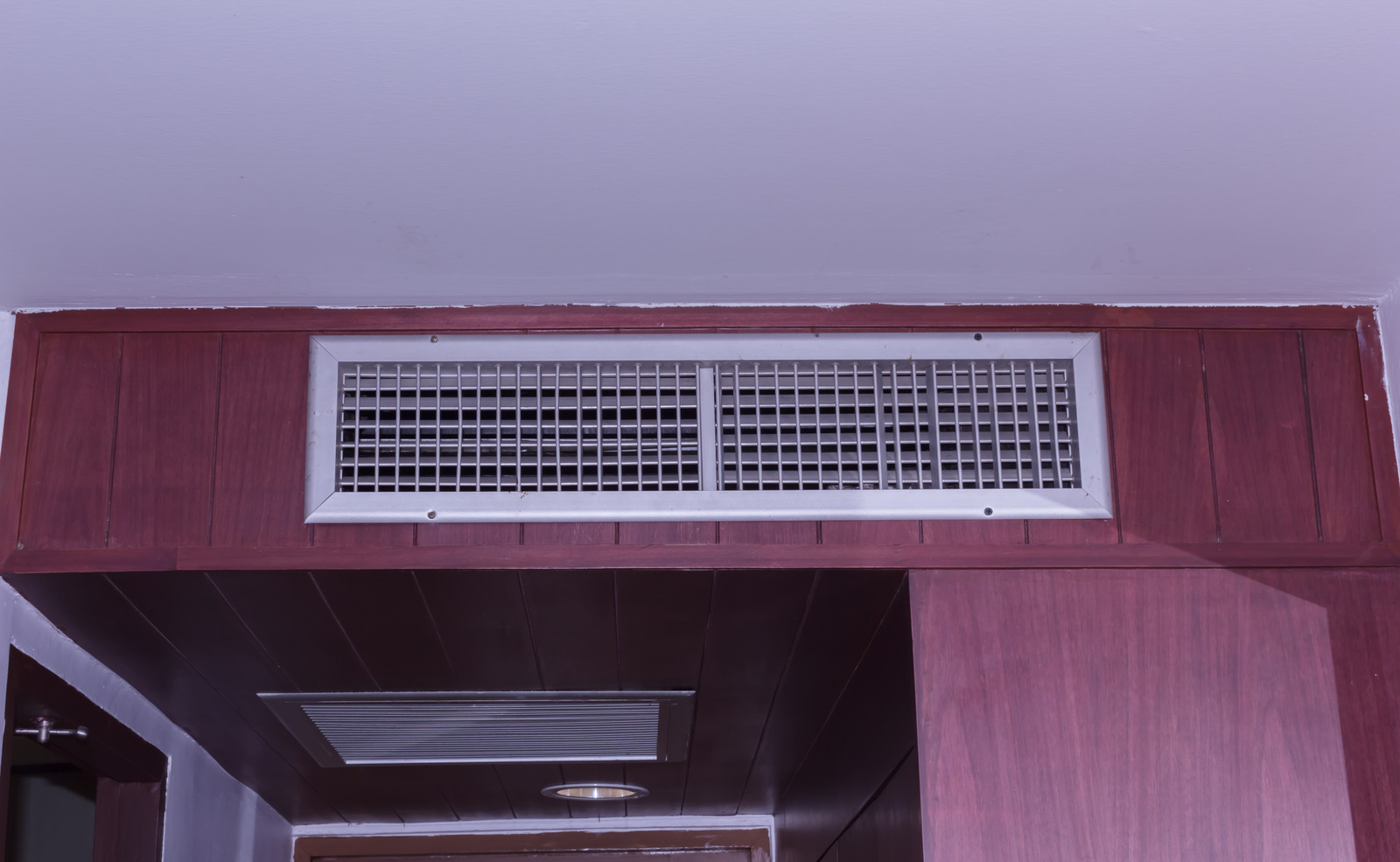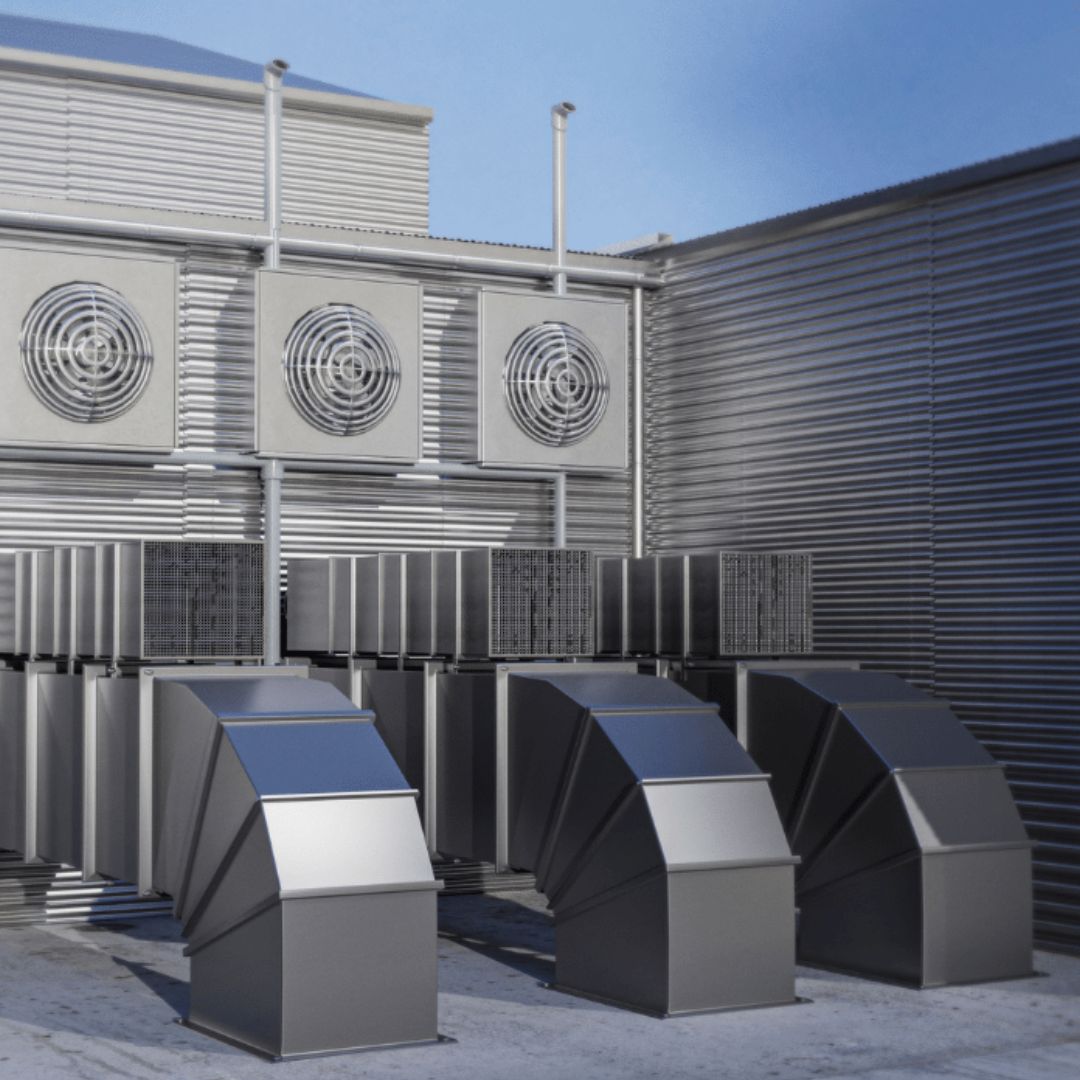Dampers for HVAC are the less known components of a heating and cooling system. The compressor, vents, air filter, and other dampers for ac system parts are far more popular. However, most homeowners are unaware that HVAC dampers types are essential in maintaining temperature throughout your home.
Pro tips on how to adjust dampers for HVAC

1. Dampers for HVAC -open registers in every room
Before adjusting your damper, you must open every register or vent in your home. Then, monitor and ins the ambient air temperature to find out which rooms require an adjustment in the airflow. Once you adjust the airflow, you should not need to keep the registers closed or partially closed unless you want to redirect air to a specific room.
2. Find the damper levers
Find the air conditioning duct trunks that point out from the furnace. Next, locate the damper lever on every duct. Each metal lever is located on the side of the duct. Not all air conditioning systems have dampers, so look for the levers within a few feet of the furnace to see if you have them.
3. Hvac dampers types- adjusting and monitoring your dampers
Now that we know which damper goes where in the home, it’s purely a matter of making an initial adjustment and where we want the hot or cold air to flow. If you think your damper is adjusted correctly, it’s an easy fix to help with humidity, heating, and cooling issues in some regions of your home.
4. Close specific dampers for ac
Close any balancing dampers for HVAC that point to rooms that are efficiently cooled by the air conditioning unit to redirect the air to other rooms. You can follow the furnace ducts to find where they go. It can help save money on air conditioning by assisting the system cool more efficiently where you need it.
5. Check the temperatures in each room
Once you adjust the HVAC dampers types, you should note temperature differences. However, this is a manual process; you must ascertain that the temperature changes are flawless. You can achieve this by using an indoor thermometer to find a precise temperature reading. You can also check and inspect whether all rooms are comfortable or not. They should not be too warm or too cold.
6. HVAC damper open or closed in summer/winter

In most homes, dampers going to the upstairs are open in the summer and closed in the winter. Closing the dampers for ac upstairs in the winter increases the heat automatically after first being introduced into the lower levels of the home. The downstairs is naturally more relaxed in the summer, and most people complain of hot bedrooms. Opening the dampers to the upstairs and closing as much air to the downstairs as possible allows maximum cool air to go to the bedrooms in the summertime.
Final words
Our team of professionals at Fairfax Air Cleaning can determine air leaks or weak airflow in your HVAC dampers types or ductwork. We can also help repair or replace any existing control dampers for HVAC in your house. So if your dampers for ac are experiencing some air duct damper issue, call us to book an appointment today!



